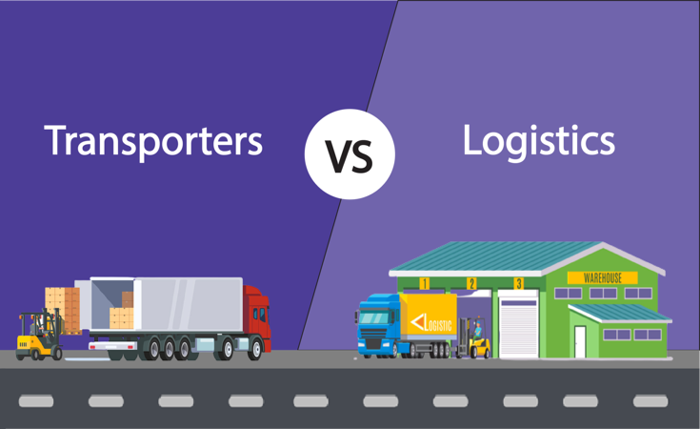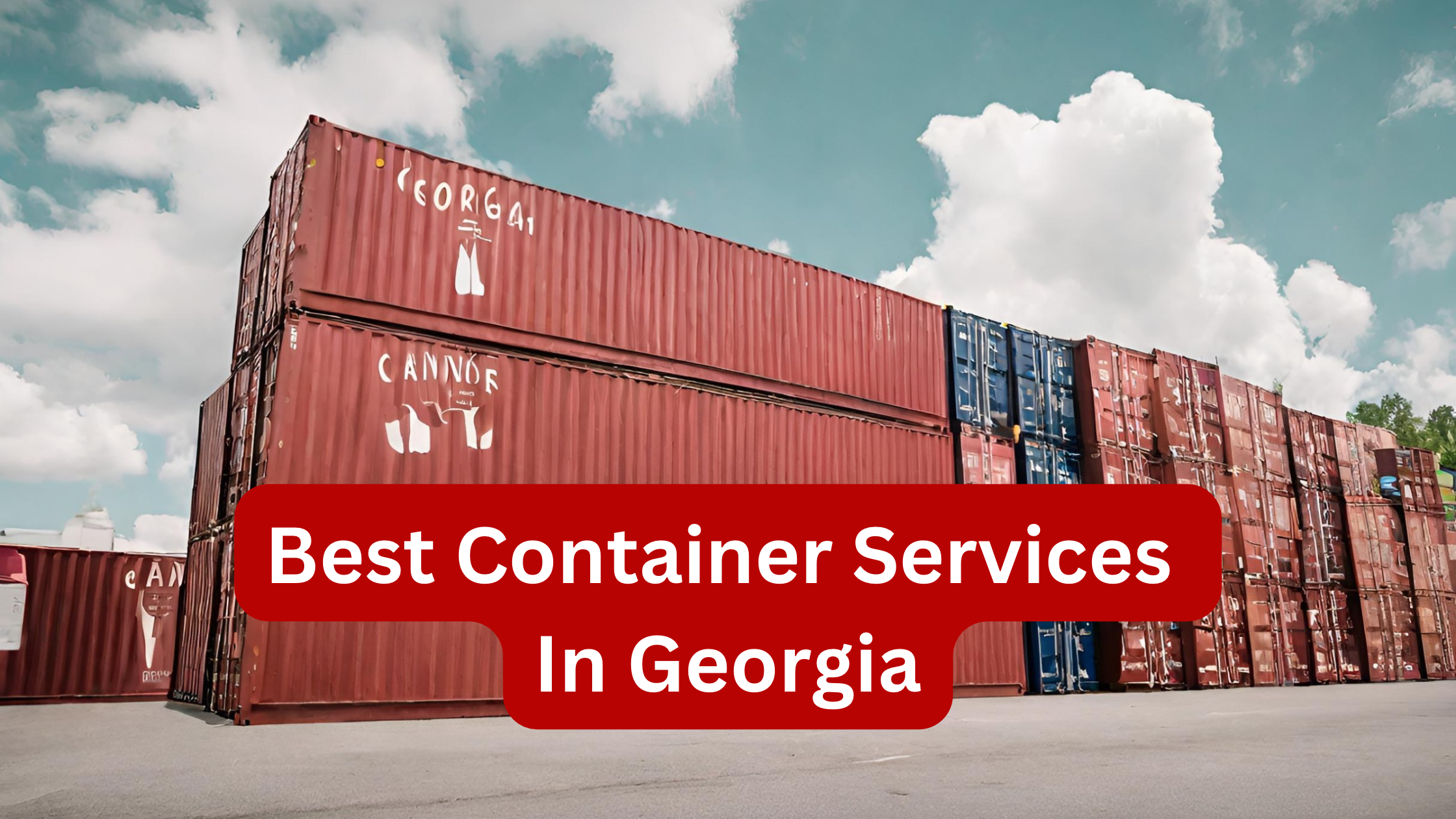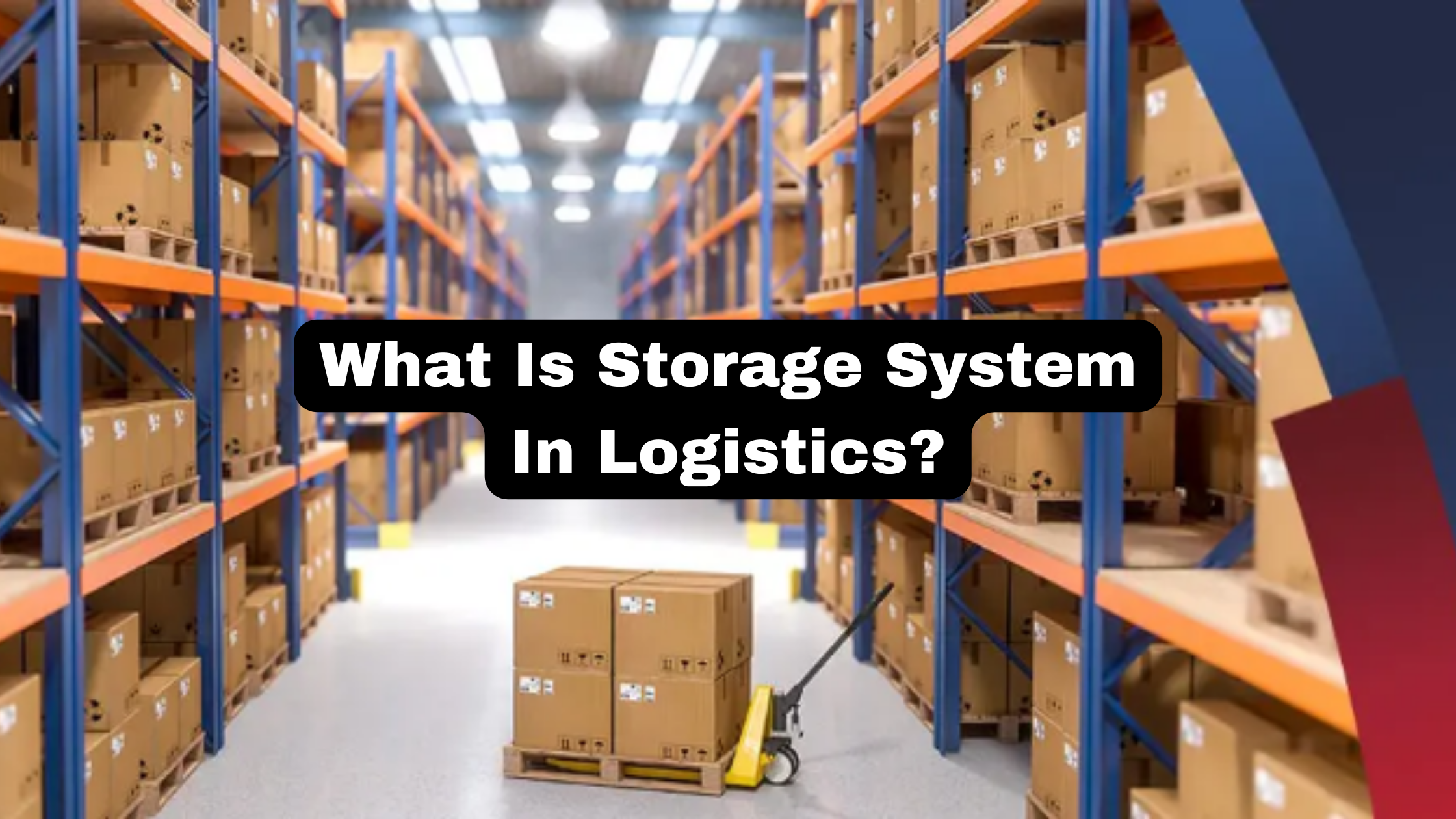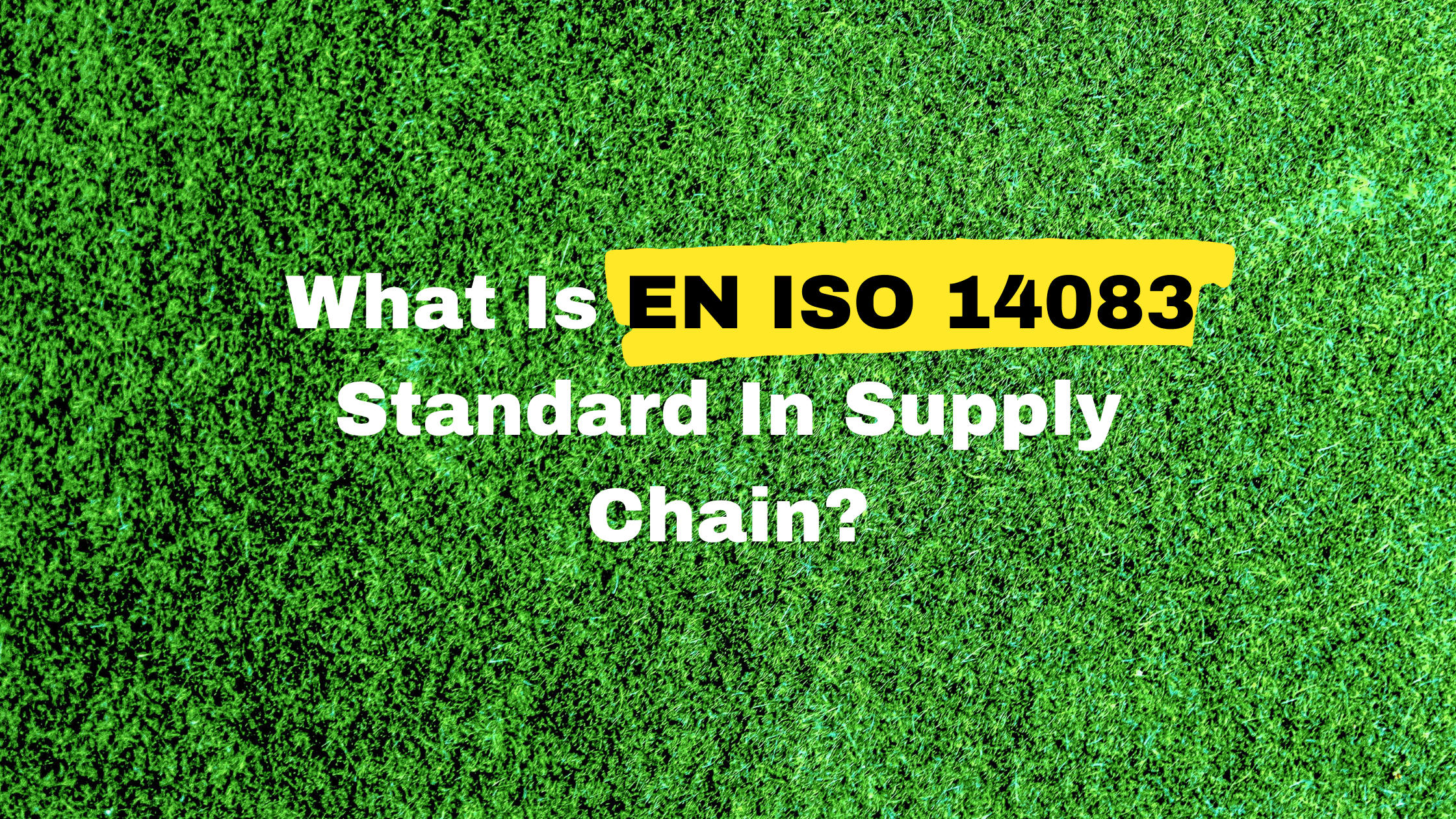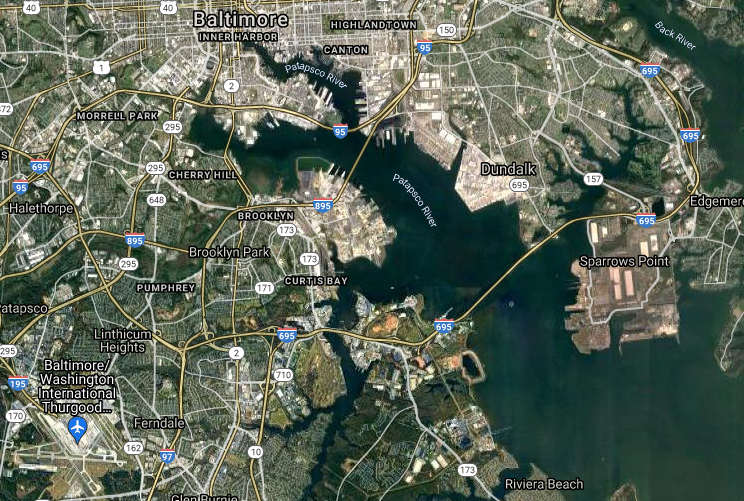Transport and logistics are terms that are often interchanged. But if we look at these terms in regard to a supply chain, both words have entirely different meanings, and roles.
Although transport and logistics are equally crucial to the movement of products and resources, it is critical to know the distinctions between them to manage and optimize the supply chain.
In this article, I am gathering the differences between logistics and transportation, plus highlighting each sector’s unique contributions.
Before examining the differences between the two terms, it’s necessary to know their basic definitions.
What is Transportation?
Moving people or things from one location to another is known as transportation. You may do it via land, water, or the air. The vehicle’s primary function is to facilitate the movement of people and things from one location to another.
Some essential features of transportation include:
- Safety: Ensuring that products and persons are transported securely from one location to another.
- Efficiency: Optimizing the flow of people or commodities while minimizing costs, time, and energy.
- Sustainability: Reducing the adverse effects of the movement of people or products on the environment.
- Reliability: Delivering people and things with dependability and promptness.
- Accessibility: Ensuring all users have easy access to transport services regardless of location or mobility requirements.
What Is Logistics?
Logistics in business is the efficient and effective transfer of commodities and materials from one place to another. Although the phrase is frequently used synonymously with transportation, several significant differences exist.
In the first place, logistics includes several different aspects. Storage, packaging, and delivery are all components of an entire logistics system. In order to deliver the items where they need to go, logistics, therefore, coordinates all these many components.
Difference Between Transportation and Logistics
There are four significant differences between transportation and logistics.
Sorting & Storing
Although logistics and transportation are crucial parts of the supply chain, they differ significantly. The physical moving of things using several diverse ways, such as trucks, ships, trains, and airplanes, is called transportation.
Contrarily, the management process that organizes all transportation parts, including inventory control, warehousing, and order fulfillment, is referred to as logistics. Sorting is a crucial step in logistics and transportation operations.
Sorting in transportation often entails putting items into groups based on their final location or client needs for quick delivery.
Storage is also a crucial component of transportation and logistics operations. It enables businesses to keep an even inventory level while reducing the time needed to search for orders when fulfilling them.
To easily access things when needed without incurring expensive shipping fees each time an item needs restocking or client orders must be filled swiftly upon request, businesses frequently keep items at warehouses strategically positioned close to important airports or roads.
Picking & Packing
Picking and packaging are crucial distinctions between logistics and transportation. The procedure is to choose, arrange, package, and send items to their final location. Planning and cooperation between the shipper, recipient, carrier, supplier, and other third-party suppliers are essential for picking and packing.
Picking and packing in transportation entails choosing the best mode of transportation (airfreight or ocean shipment) for the items being delivered based on cost-effectiveness, transit periods, and other important criteria, including the need for customs clearance. Constraints may also need to be considered when selecting a means of transportation, depending on the cargo’s size, form, or weight.
Once this has been decided, it is important to ensure that the relevant paperwork is completed appropriately per international standards to prevent delays in the transaction’s customs clearance at either end.
But when it comes to logistics, selecting and packing are more complicated than merely choosing a mode of transportation; they are a component of a sophisticated supply chain network where commodities are picked up at various locations before they are delivered to their ultimate location. This may entail gathering goods from several vendors, who must always pack each shipment properly and provide barcodes for tracking reasons until delivery arrives at the final destination.
Documentation
One key distinction between logistics and transportation is documentation. For the convenience of enterprises and customers, documentation is essential when moving items from one location to another or distributing them efficiently.
Documentation is used in the transportation industry to accurately record details regarding the path each cargo takes, including any pauses made along the way, delivery dates and times, and tracking numbers for each box shipped out.
Documentation becomes even more crucial when it comes to logistics since it must cover every facet of planning.
Freight Claims
A key distinction between logistics and transportation is made by goods claims. When you file a legal claim against a carrier for losses or damages sustained during transportation, you are referring to a goods claim. Basically, it’s the shipper’s technique of ensuring that they receive payment when products are harmed or lost in transportation.
Freight claim-related actions sometimes fall under the purview of logistics services rather than transportation itself when it comes to the distinctions between transportation and logistics.
Before filing freight claims to carriers and insurers, logistics specialists play a crucial role in compiling the required paperwork, ensuring that any losses firms incur as a result of damaged shipments are minimized or, if at all possible, eradicated.
Conclusion
In conclusion, logistics and transportation are two linked but different ideas. Logistics is the planning and effective management of this movement, whereas transportation is the transfer of commodities from one site to another.
By maximizing their supply chain operations, organizations may save time and money by being aware of the distinctions between these two tasks. Companies may make sure that their products arrive at the appropriate location and time without any unanticipated delays or interruptions by employing a well-executed plan.

